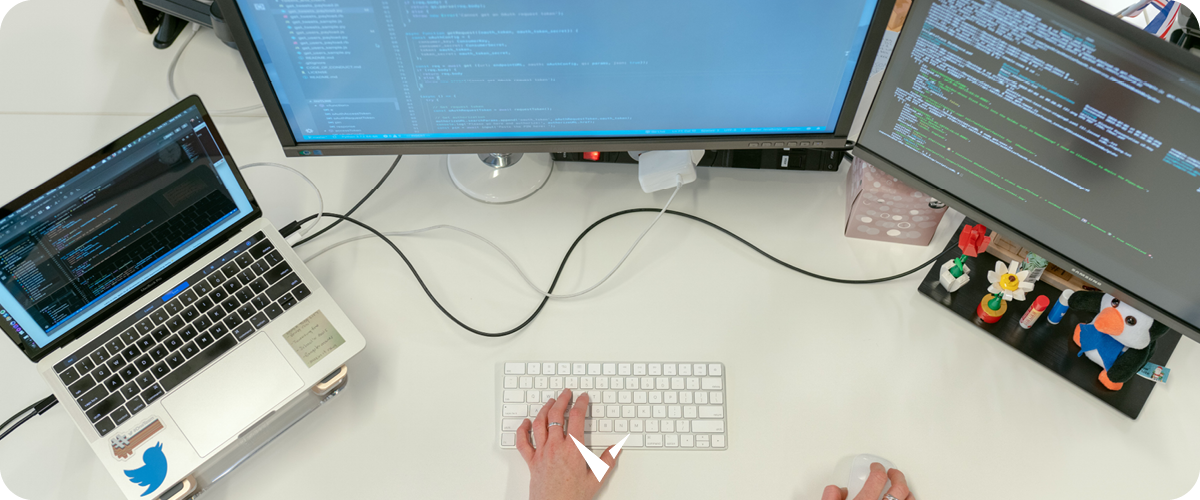
Government support packages have popped up in all sorts of guises to try and stimulate the COVID-hit economy and return things to a semblance of normality. In the US, the sheer scale of ESSER funding represents an opportunity to kick-start the education sector. With more than $190 billion in funding available, it’s a once-in-a-lifetime chance to invest in the Education Technology (EdTech) stack.
Purchasing technology, however, is rarely plain sailing. There are requirements to meet and system constraints to take into account. But, functionality aside, there are other considerations that could just help you stay afloat. So before you nail your colors to a particular mast, you should consider the following:
Has the technology been designed specifically for use in education?
It’s an important question. While there are similarities between the hardware and software used in the consumer and education sectors, there are also significant differences. Screen mirroring is a great example. In the home, it provides a seamless transition from one device to another, a way for an individual to enlarge content or share it with others. In the education sector, however, there’s a need for so much more. A teacher needs to be able to share content to a far wider audience—probably to multiple screens. They also want students to be able to present their work—though they’ll want to retain control over who and what can be shared.
Ask a device designed for consumers to deliver this additional functionality in the classroom and, most likely, it won’t be able to do it. A solution designed specifically for use in education—a tool like Vivi, for example—has a significant advantage over products that have not.
Will it work seamlessly with other products?
A school or district’s EdTech stack is typically a mishmash of core enterprise systems and applications to aid the delivery of learning. The stack is like a funnel—at the narrow end are the relatively few systems that provide core data infrastructure, and at the mouth are the thousands of applications that target specific learning outcomes.
Certain products work better together than others. Usually, that’s by design—partnerships, technical integrations, and product design all impact the out-of-the-box functionality a system delivers. But it’s something to investigate thoroughly. A poor interface between the different systems and applications in the EdTech stack can lead to user frustration and poor performance.
Who was the product designed for?
Any tool will impact lots of different users. Teachers, students, and IT administrators all use systems in different ways and require a range of interfaces. A student information system (SIS) that gives online access and self-service functionality to parents and students will tick many boxes. But if the information it collects goes to a clunky database or, worse still, has to be manually entered, there are likely to be some unhappy administrators.
Some systems will be stronger in certain areas than others. It’s important to understand who they were designed for and whether the compromises they force upon other users are worth making.



